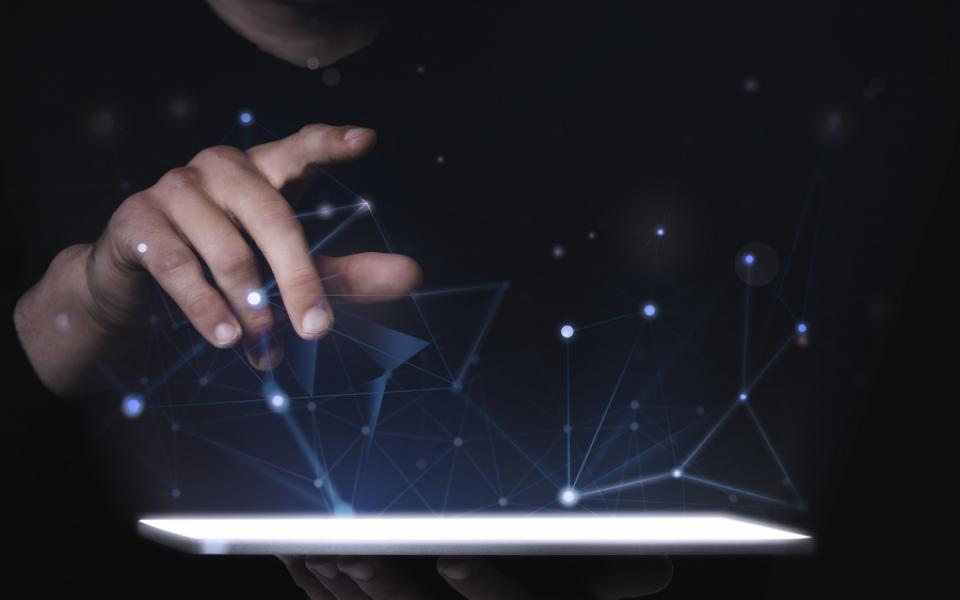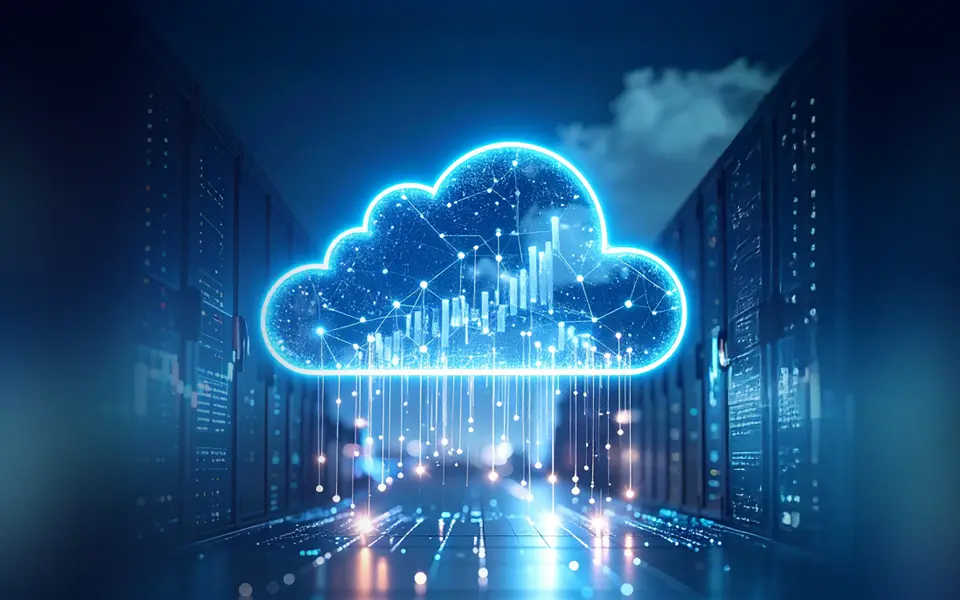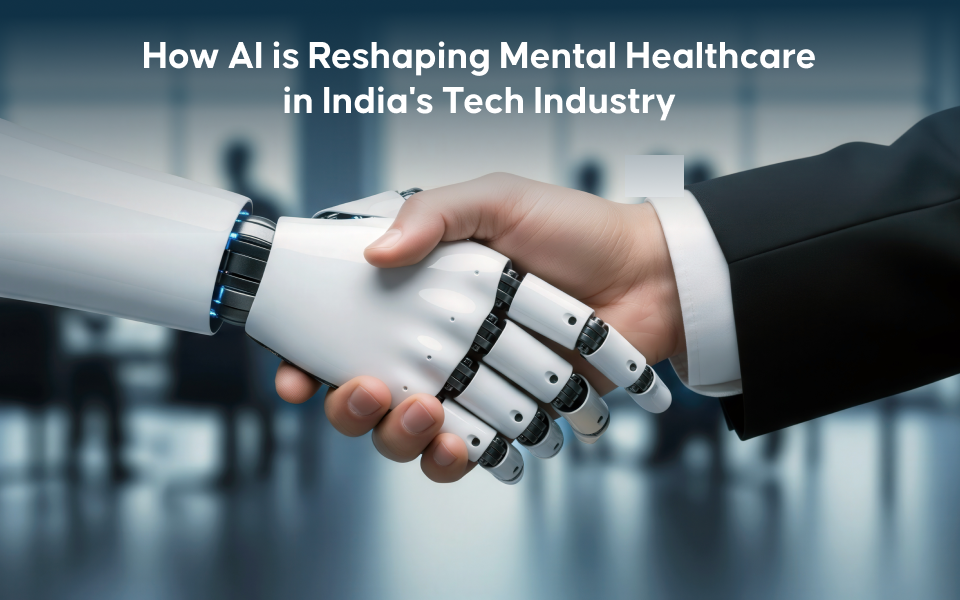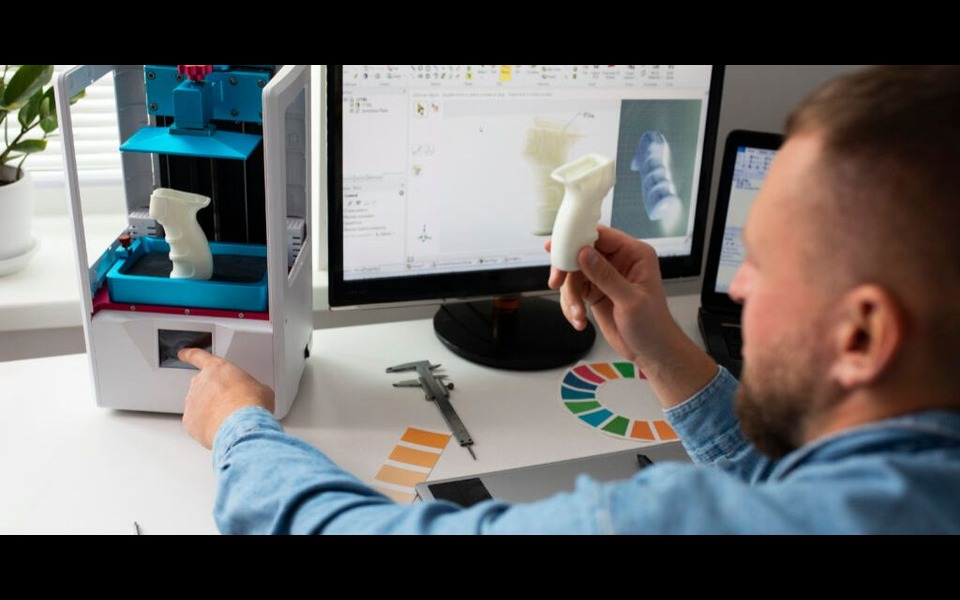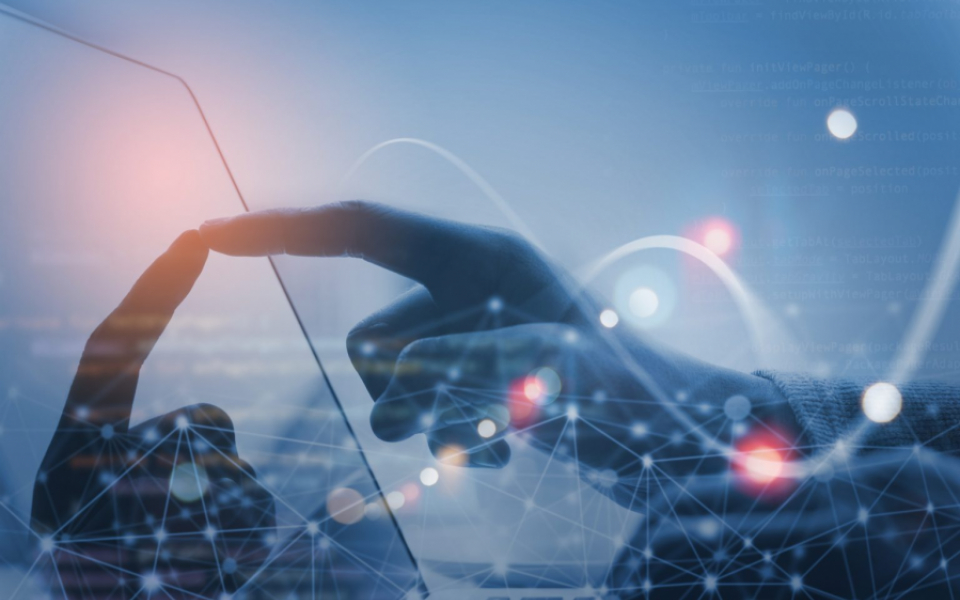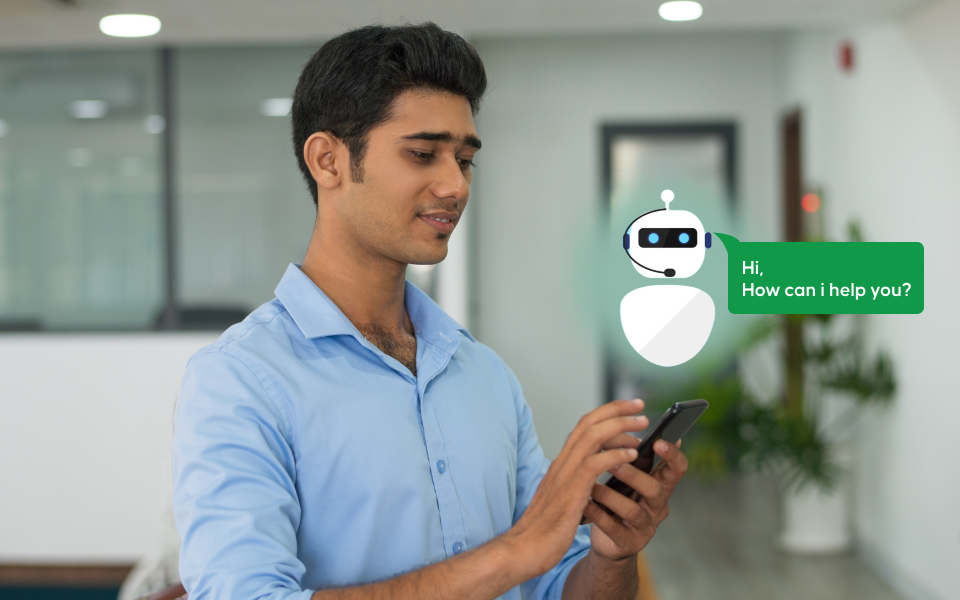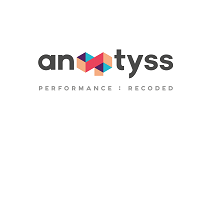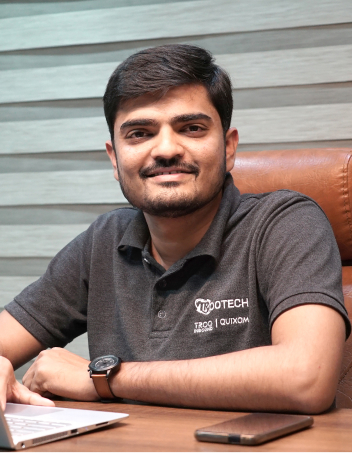Most trends in life swing back and forth like a pendulum. we were a physical society for most of history. Then, as technology became more widely available, we transitioned to a digital environment. More businesses are swiftly adapting their strategies to digitally complete their duties that were previously completed in person. COVID-19 underlined the reality that we still don't know a lot. Because of the global lockdown caused by the pandemic, many businesses were able to fully realise their digital potential during this time. Ironically, COVID-19 led the digital transformation of some companies. But just because digital technology makes connecting possible and easier does not mean you are actually reaching people. People are becoming alienated from the actual world, preferring instead to spend their time on their phones, tablets, and computers using social networking sites, meeting apps and more.
Hence, the word "Phygital" - blending the physical and digital world, taking the greatest part of both and combining them for enhanced experiences. In a nutshell, it refers to the fusion of the physical and digital worlds. Although we started using it at the height of the Covid19 pandemic, the term "PHYGITAL" was invented by the Australian Agency Momentum, which claimed the copyright for the word in 2013.1
'The digital and physical worlds are starting to come together more seamlessly – it’s only the tip of the iceberg in terms of what’s coming.' - Mark Parker
It is just the beginning, the arena which we are discovering which forms a portion of the entire Phygital universe. However, we are already into it but we are still unaware of the fact that the concept like PHYGITAL exists, so it’s all about the perception building and hence it has to be popularized. We can relate with our day-to-day life examples of going phygital. The facility to buy tickets is available in both the modes at metro stations. One way is to go there and purchase tickets from ticket windows as per the traditional form but with advancement of technology another way is to get your smart card recharged digitally by yourself and then getting it activated physically through the top up machines installed at the metro stations so it is a blend of both physical and digital. Similarly, while dining in at Haldiram's outlet, they provide the facility of viewing the menu card and ordering the food by scanning the QR code which is there on the tables. Another example we can refer to is of very famous pizza outlet i.e., Domino’s. They render services in both the modes. They have the concept of home delivery, takeaways while ordering online through apps and you have the option of ordering digitally even if you are sitting at the restaurants and people even choose this as they get offers and discounts online.
A new acronym ROBO- Research online buy offline is gaining importance these days. Online presence serves as the magnet that draws in customers as they research online. According to Google, “76% of people who search for something nearby on their smartphone visit a related business within a day. Furthermore, 28% of those searches result in a sale”2. Hence, creating an omnichannel presence is imperative, where online sales complement offline and vice-versa, is more tangible than ever. With this comes the concept of ‘webrooming’ and ‘showrooming’. After researching products in a product catalogue online, customers visit the store to make final appraisal and purchase then. This is the concept of webrooming, it drives in store sales. According to Forbes, “ almost $5 is spent in-store for every dollar spent online following online research.”3 Showrooming is when customers standing in a store, search for the products online, compare the price and then buy online. Overall, it is about looking at products in a store but then buying offline. Unknowingly we are already into the phygital world, we are acting in both the worlds simultaneously but the problem is that it is yet to be explored.
Japan is the country where technology has reached its zenith. Great innovative ideas of Japan and relation of technology & digital world with physical world is something worth mentioning. SK-II, a Japanese cosmetics company, recently debuted its first travel-retail beauty smart store.
Store to experience the brand's distinctive 'phygital' retail concept, which combines a physical retail location with the digital convenience of online buying. The Discovery Bar, Smart Product Scan, and Skincare GPS are all part of it, and they're all designed to make it easier for travellers to find, learn about, and shop for SK- II goods. With a simple touch, the Discovery Bar gives information on the brand's items. If customers already know what they want and have photographs of the products on their phone, the Smart Product Scan will employ superior image recognition technology to rapidly locate and direct them to the product.4
Phygital is an important component to sustain the economic future of any country. It is a multi-industry ecosystem that encompasses retail, health care, hotels and restaurants, entertainment, as well as education, banking & insurance, and airlines. It is a holistic approach through which customers can be provided with both emotional (ideology, social) and functional (efficiency) values through leveraging communication, marketing, branding, advertising, product innovation and other facets of Phygital. We are witnessing a lot of innovations and strategies of Phygital in Retail, banking and Front-end business transformations.
Previously, retail and eCommerce were treated as two distinct enterprises. Now, Phygital is the new future and we are entering into that era bridging the gap between the two, to form an entirely new customer experience. You grow frustrated when you are looking for a solution and are sent to an automated chat service. What if you need to address a problem that might be solved with a simple email but are instead led to a physical store? By concentrating on the complementarity of the experiences to be lived and the coherence between channels, developing phygital experiences that might lure people to the physical store has become the new strategy of marketers. Companies like Amazon, Alibaba, Nordea and beta have been ahead of the curve with phygital. When a consumer walks into an Amazon Go store, they perform all of their purchasing and pay with their phones. They call it "just walk out technology" since it combines computer vision, deep learning algorithms, and sensor fusion. When customers enter the store, they scan their phone, and Amazon's in-store technology tracks whatever things they put in their cart. Amazon immediately charges the money from the customer's mobile device after they leave, a hassle-free process.5 Many people want a frictionless purchasing experience in the digital age, and with the pandemic's influence, shoppers are no longer limited to brick-and-mortar stores. By combining digital and physical channels, companies can provide the best possible shopping experience across all touchpoints.
Fintech, without a doubt, is a driver of innovation and inclusivity in the financial services business. The use of fintech in our lives has been accelerated by Covid-19. The proponents of digital-only banking are beginning to change their thoughts. They have finally realised that neither digital nor branch banking can meet customer experience standards, and they will have to take the "Phygital" leap to take the advantage of the FinTech revolution. Will you be comfortable entrusting your hard-earned money to a bank that only exists online and not physically? For many, the response is a resounding NO. Customers are more confident when there are more branches. According to a Mckinsey survey report, despite using mobile banking, "75 percent of customers" desire a physical branch to keep their money. Customer confidence and experiences are the two wheels of the banking company, and Phygital is the lever that connects them. It's all about being available at all times and in all places. Contactless enabled Mastercard is an example of Phygital in Banking Industry, look for the contactless (Wi-Fi) logo, tap and go is available in retail businesses, fast food restaurants, pharmacies, convenience stores, and public transportation – even taxis and vending machines. One can simply skip the hassle of looking for cash and waiting for change. Payment is done without swiping the card. There is no need to give your debit or credit card to anyone. Password punch-in is not required for small transactions.
Covid situation made this concept more prevalent in healthcare industry - Online Health Consultations, Online order/reorder through e-pharmacies or nearby retail for home delivery of Brands. Ideas like phygital may take a little longer to catch on. However, the adoption curve has been supercharged by patient
expectations and productivity gains. Pharmaceutical firms should consider transforming their operations to include a mix of physical and digital elements, and it is the job of both frontline and senior management to gradually instil this into the organization's DNA.
Consumers are distracted by their digital lines, even when physically in a store- Hello, smartphones_ in this fast-paced world. We must adjust to those behaviours since attention is transitory. When online experiences are personalised based on a consumer's physical experiences, this is when the power of 'phygital' encounters really shines. After all, we are social creatures that desire to interact and engage with one another and the world around us. This digital connection has never been closer thanks to the development of VR, AR, and MR settings, and now with the introduction of metaverse, since Facebook itself has started the transition to the metaverse. The ugly side of the metaverse is the separation that will happen between people and reality. It will accelerate our separation from the real nature and the real world. The metaverse is unquestionably the next great thing in the internet's progression. Computers were introduced in the 1980s, the internet in the 1990s, smartphones after 2000, and cryptocurrencies during last decade. How it will affect our life is largely determined by how we use it.
But can digital experiences ever truly embrace a physical, human, natural reaction? One thing is certain: our 'new normal' must include some form of digital interaction. However, for long-term success and alignment with global innovation, both online and offline involvement must be equally effective.
We are witnessing the start of the next chapter in our history. Let's make the most of it!




